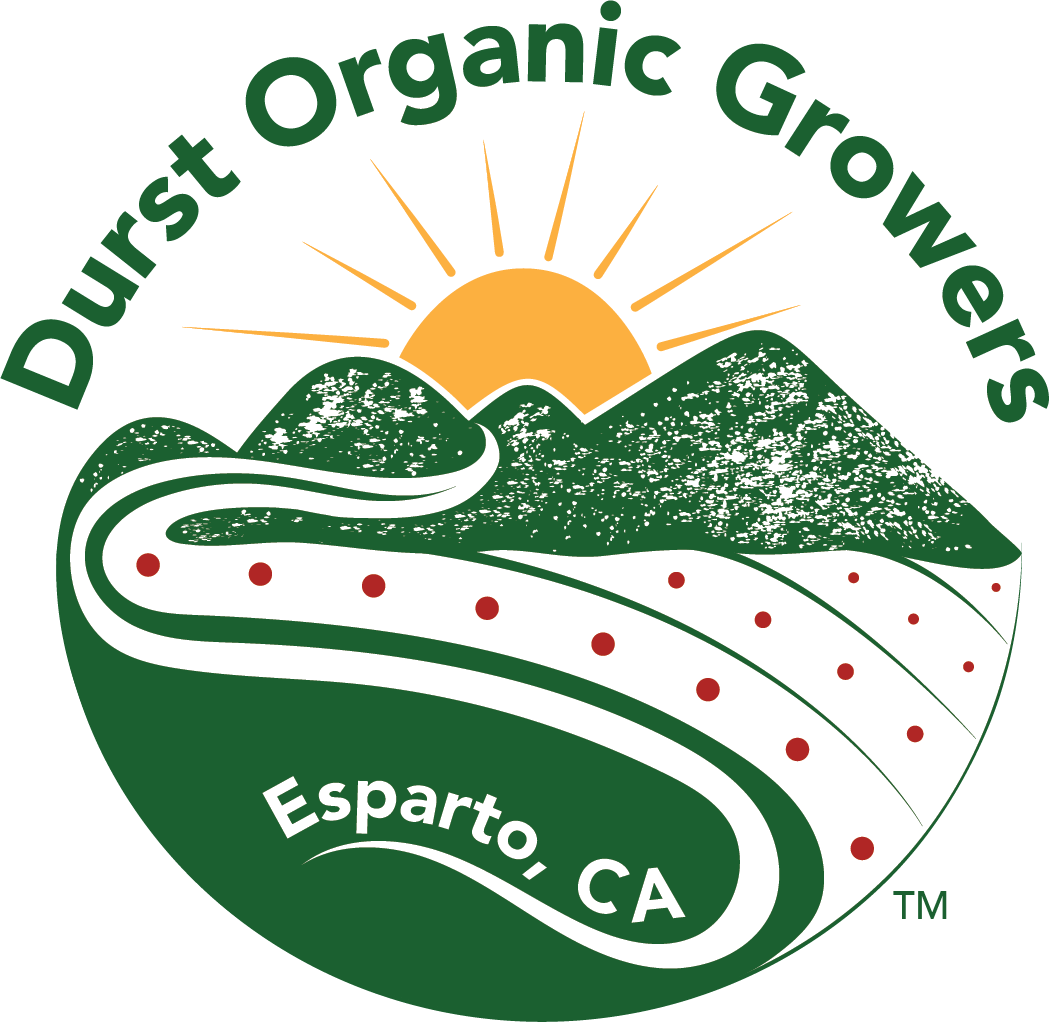FALL HEDGEROW PROJECT
This has been one busy week at the farm! As the weather shifts, we are now focusing on our winter squash crops and preparing land for next year. We finally have some time on our hands for more farm projects—one of which being the installation of a hedgerow/pollinator strip along one of our main fields.
What are pollinators?
The designation “pollinator,” contrary to what many people might think, does not refer to just bees. Bees are the most commonly known pollinator, but other insects like butterflies, wasps, flies, midges, mosquitos, moths, beetles and even ants all play a part in the pollination and seed spreading process of plants. Pollinators help move pollen between plants. When they transfer pollen to a female species of that plant, they enable fertilization and plant growth to take place. What are some crops that depend on pollination? To name a few: almonds, blueberries, cherries, apples, melons, broccoli, eggplant, beans, and so many more.
What is a hedgerow?
The term “hedgerow” gets thrown around a lot, but if you are unfamiliar with this term, it generally refers to a linear strip of plants chosen intentionally to create habitat for beneficial insects as well as increase pollen and nectar availability for them. “Hedgerow” can be used synonymously with “pollinator strip”, “harbor strip”, or “vegetation strip.” Most often these rows or strips are planted on the outer edges of agricultural fields, but can also be grown within fields.
We have been thinking about this project for months, brainstorming different ways to attract beneficial insects and introduce more plant diversity to our land. For the actual land preparation and installation of the hedgerow, we are working with local high school students from Esparto High School through the SLEWS (Student and Landowner Education and Watershed Stewardship) program--made possible by the Center for Land Based Learning and the Yolo Resource Conservation District. We are so grateful for the help and energy of the students, and are happy to be able to provide a place for them to take their classroom education outside.
On Tuesday of last week we had our very first workday with the students. We spent the day learning about irrigation methods, installing drip line, spreading mulch, and touring existing hedgerows, insectary strips and cherry tomato fields. On their next visit, we plan to finally put the plants in the ground. We will be planting a wide variety of California native plants, both propagated on-site from locally growing plants as well as some from a local nursery.
What are we especially excited about?
Well we’re glad you asked! A new method we are testing out this year is mulching the beds with recycled almond hulls from an almond processing facility nearby. The hulls, and mulch in general, help support plants in a number of ways. By covering the soil around the plants, the mulch helps to suppress weeds, balance moisture levels in the soil, and act as an insulator for the soil (keeping it warm in the winter and cool in the summer). The hulls are a byproduct of almond processing, making it an affordable and environmentally friendly option.
The students did an excellent job and helped a great deal in getting the bed ready for planting. The area we chose for the hedgerow runs between two fields, one of which will be used for growing cherry tomatoes next year. The increased plant diversity and flowers in the hedgerow will help to attract pollinators, which will hopefully result in increased tomato production while also providing habitat for the other insects and animals in our fields.
We will keep you all posted on our hedgerow progress. Thank you to the students and teachers of Esparto High, and their mentors through SLEWS. We appreciate your help and look forward to planting day in December.






